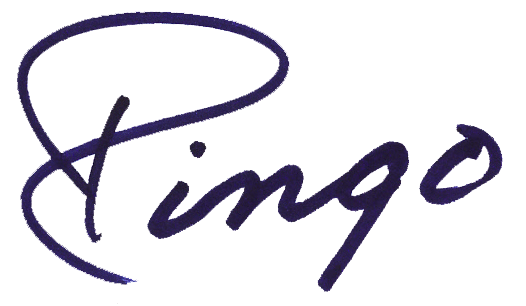Below a 1910 Henderson in Ebony and Ivory.
Over the years I have encountered many bagpipes that were said to be "Henderson" that, sadly, were not. Some were made by others in a "Henderson" style and are quite convincing. Others are not. The maker's stamp is not at all reliable in identifying Henderson bagpipes. We'll get into that later. I knit together a wide range of clues and compare what I see with authenticated examples in my archives.
When trying to figure out a probable date of manufacture I go through the same process. Many owners would have you believe that their Henderson is "1880" or "pre-1900". Truth be known, Henderson employed many turners over the years, each providing their own small "signatures" to their work, making both identifying and establishing a date of manufacture a bit of science and a bit of art.
With many of the older bagpipes now undergoing restoration, repairs, or receiving replacement parts, it is becoming increasingly difficult to know exactly what you have. The examples throughout this museum have been verified to the best of my ability. I consult regularly with others who are equally committed to preserving this information for future generations and we take this work seriously.
In my experience, the earliest Henderson bagpipes were made of either ebony or cocuswood. After the 1920's cocuswood and ebony all but disappeared, as African Blackwood was plentiful, more durable, and easier to finish.
When trying to figure out a probable date of manufacture I go through the same process. Many owners would have you believe that their Henderson is "1880" or "pre-1900". Truth be known, Henderson employed many turners over the years, each providing their own small "signatures" to their work, making both identifying and establishing a date of manufacture a bit of science and a bit of art.
With many of the older bagpipes now undergoing restoration, repairs, or receiving replacement parts, it is becoming increasingly difficult to know exactly what you have. The examples throughout this museum have been verified to the best of my ability. I consult regularly with others who are equally committed to preserving this information for future generations and we take this work seriously.
In my experience, the earliest Henderson bagpipes were made of either ebony or cocuswood. After the 1920's cocuswood and ebony all but disappeared, as African Blackwood was plentiful, more durable, and easier to finish.
Ebony was a principle wood of the industry for many years however lost favor due to its propensity to split in certain extreme climates. Some makers refused to export either ebony or cocuswood to foreign buyers.
All woods come in a range of colors and textures. The early makers preferred very dark cocuswood and ebony that was jet black with a very straight grain. I have also seen ebony that was striped and struggle to know exactly what I was seeing. I have read where Gaboon ebony, which was preferred by early makers, can be either completely black or striped, perhaps as in the pictures below.
All woods come in a range of colors and textures. The early makers preferred very dark cocuswood and ebony that was jet black with a very straight grain. I have also seen ebony that was striped and struggle to know exactly what I was seeing. I have read where Gaboon ebony, which was preferred by early makers, can be either completely black or striped, perhaps as in the pictures below.
By 1935 African Blackwood had become the wood of choice. In the last years of Henderson bagpipe production, many orders were jobbed out to other makers or to the cottage industry. My brother, Will, owns the late Henderson bagpipe seen above right. Profiles and details had changed dramatically however the sound and performance of these Henderson bagpipes challenged those of the very early years.



















